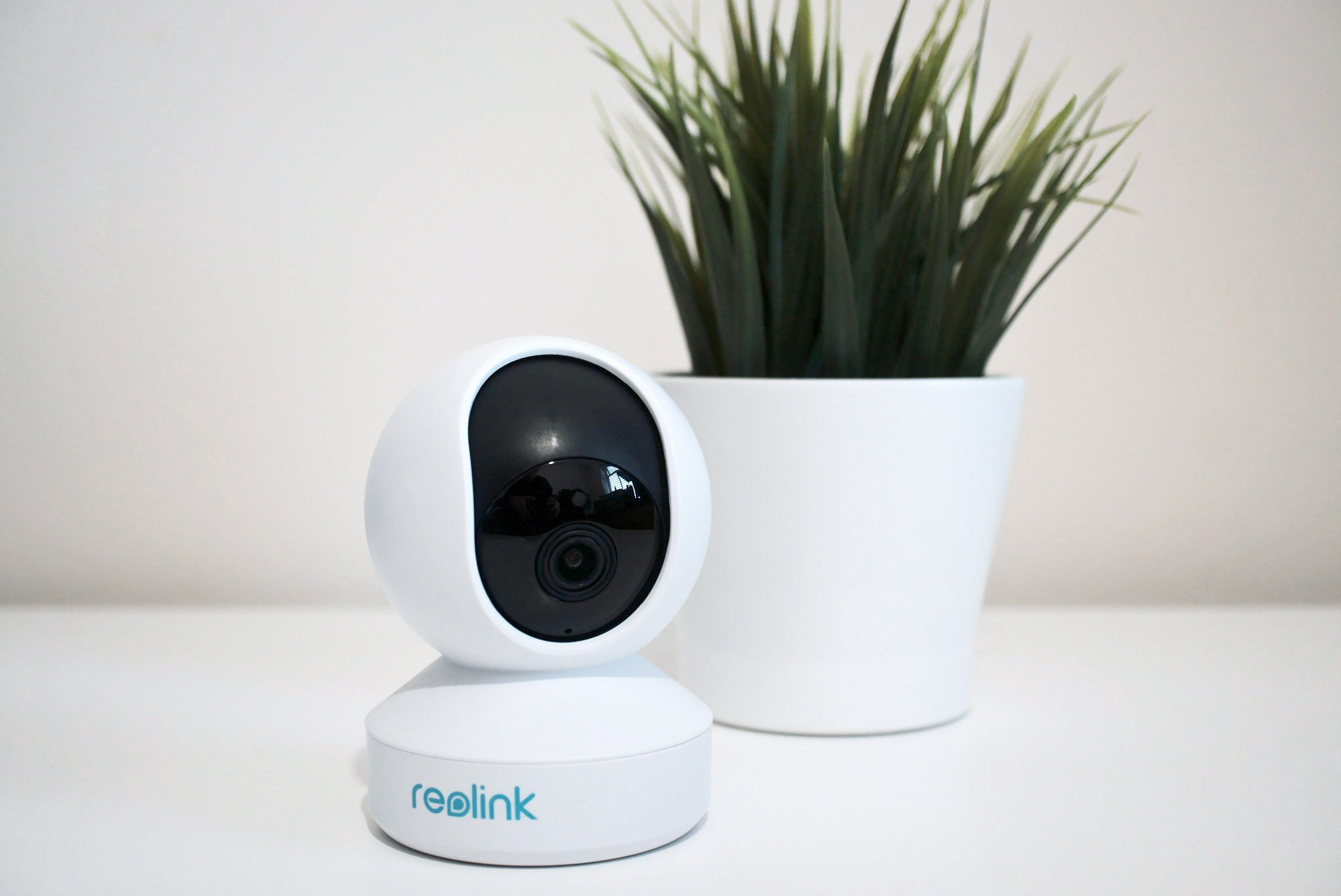I was impressed by Reolink's external security cameras. The Reolink RLC-511W is a brilliant camera that can be used indoors and outdoors and hooked up to your home network for a smart surveillance system. Reolink also makes some more affordable indoor-only cameras like the E1 Pro.
This little puppy, much like its more powerful RLC-511W sibling, can connect to the best NAS for home surveillance at home or in an office using Wi-Fi. The Reolink E1 Pro actually comes with a few advantages, like motorized pan and tilt, but doesn't offer any connections for wired LAN. Is it worth $50?
This review will run you through the pros and cons of this aggressively priced home security camera.

Bottom line: Reolink's E1 Pro is a capable indoor surveillance camera that can be placed throughout the home or office. It's small, lightweight, has pan movement, and an intuitive mobile app. There's a lot for your money here.
For
- Good image quality
- Can connect to NAS
- Customizable detection zones
- Easy-to-use and set up
- Handy smartphone app
Against
- Detection zones can be fiddly on a phone
Reolink E1 Pro tech specs
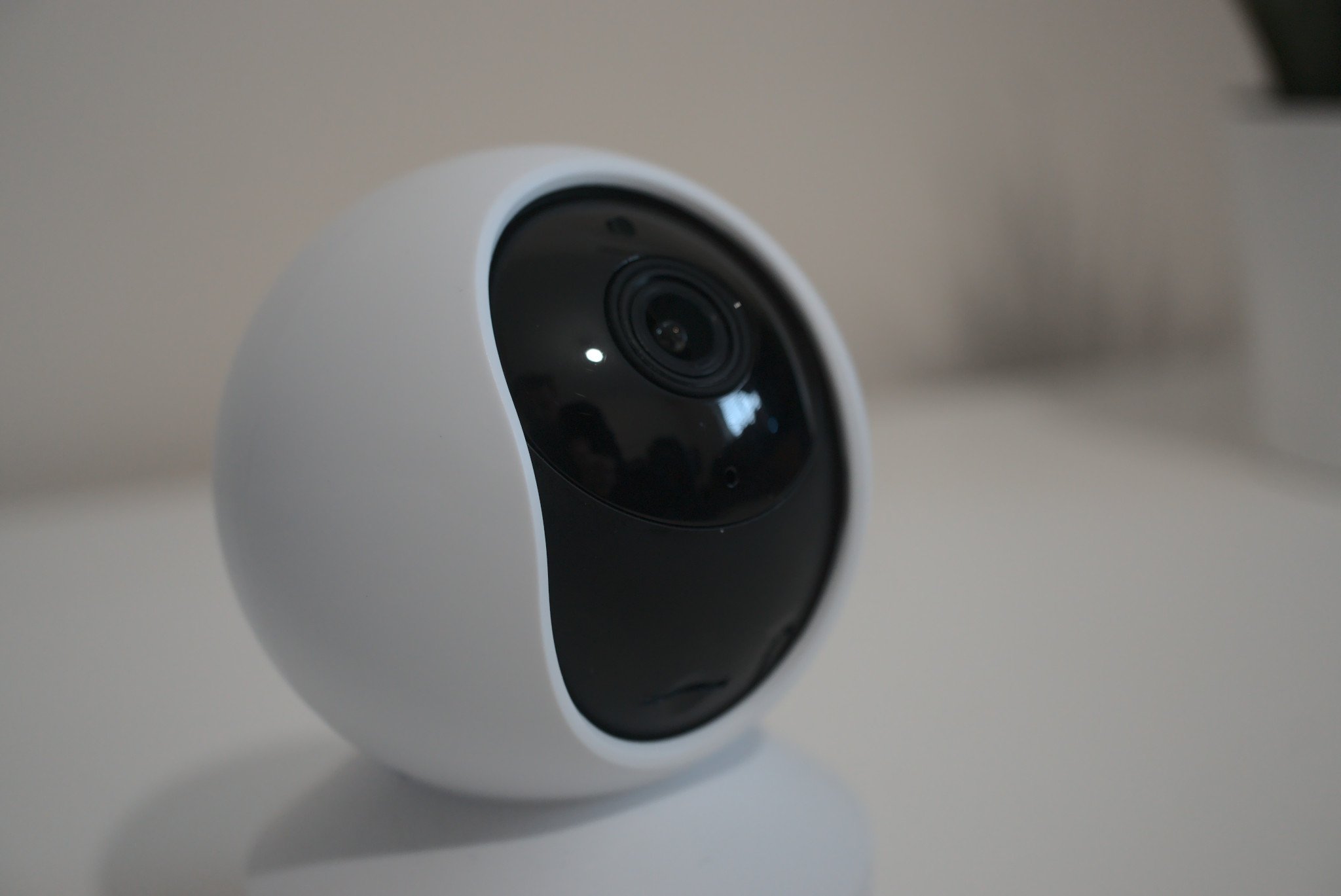
| Category | Reolink E1 Pro |
|---|---|
| Type | Indoors |
| Sensor | 4MP1/2.7" CMOS Sensorf=4mm fixed |
| Resolution | 2560 x 1440 |
| Night vision | ✓Up to 40 ft |
| Optical zoom | - |
| Viewing angle | Horizontal: 87.5 degreesVertical: 47 degrees |
| Pan & tilt | Horizontal: 355 degreesVertical: 50 degrees |
| Waterproof | - |
| Storage | MicroSD |
| Connections | Wi-FiAC power |
| PoE | - |
| Dimensions | 76 x 106 mm |
| Price | $50 at Amazon |
Reolink E1 Pro design and features

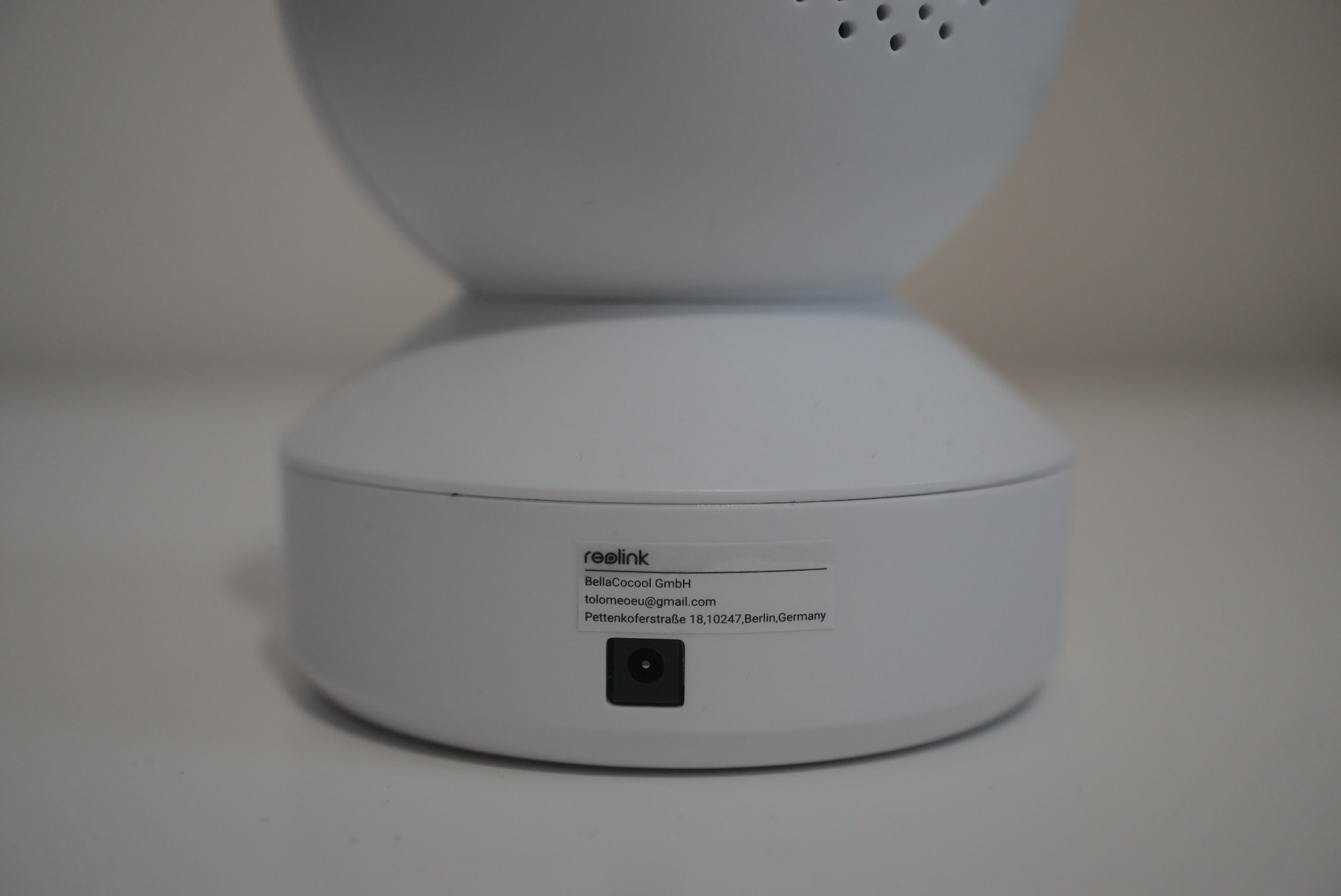
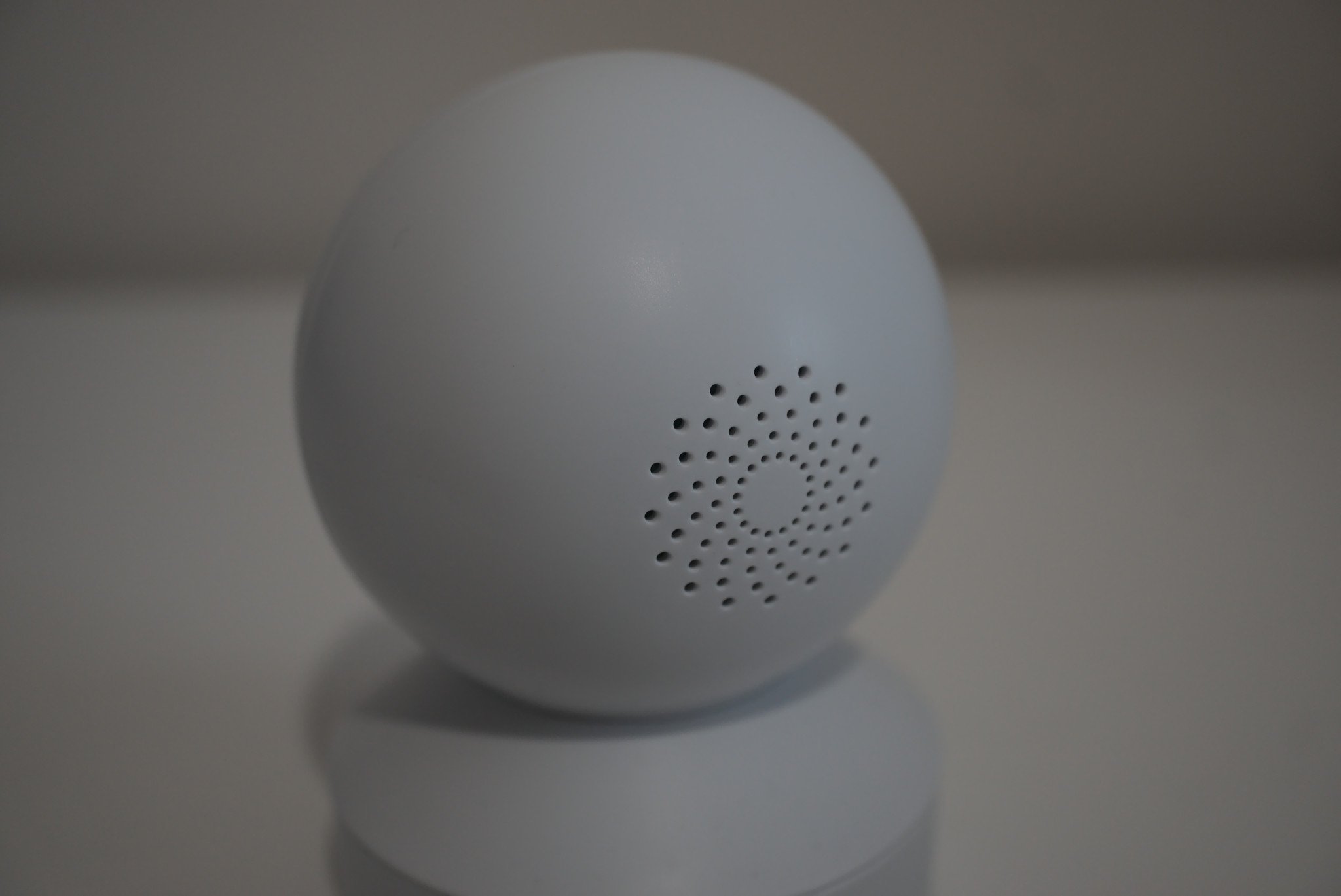
The Reolink E1 Pro is an indoor-only security camera designed for home and office use. It's the latest camera from the company to rock crystal-clear 4MP Super HD video support. There are some other handy features that make the asking price all the more enticing. It's also in a compact dome form factor, measuring 76 x 106 mm.
Compact, affordable, and powerful makes the Reolink E1 Pro a must-have for home surveillance.
It's painted entirely white with a black glossy face to match the catalog of Reolink's security cameras. There's a small Reolink branding on the front, but that's about it. You'll find the AC input on the rear at the bottom. There's no ethernet connection, unfortunately. The main unit that houses the camera tech itself also has the daylight sensor, microphone, microSD card slot, and reset button.
The 4MP CMOS sensor is capable of recording in 1440p. It can also do night recordings too thanks to the integrated IR tech. During the night, the Reolink E1 Pro can record up to 40ft, making it ideal for placement at windows facing outside if you'd rather not set up an external security camera.
The viewing angle is pretty good at 87.5 by 47 degrees. What this translates to in English is the ability for the camera to capture an entire room if placed correctly. Thanks to being a dome camera, it's possible to pan the main body by 355 degrees horizontally and 50 degrees vertically to achieve the perfect recording angle.
Reolink E1 Pro setup and performance

Reolink made the process of setting up a security camera almost painless. With the Reolink E1 Pro, it's even more straightforward. All that's required is to unbox the camera, plug in the power supply, fire up the app and follow some on-screen instructions. The entire process from start to finish lasts some 10 minutes.
Reolink's E1 Pro will work perfectly with most popular NAS enclosures.
A voice prompt will guide you through the initial set-up phase, though all that's really required is to scan a QR code on the camera using the Reolink app and connect it to your home Wi-Fi network. Once it's all up and running, it's possible to place the E1 Pro in the desired location or mount it to a wall or ceiling.
Using the Reolink app on Android is a breeze. It's easy to configure the E1 Pro to alter the detection zones (which is essentially using an eraser of sorts to carve out a radius), motion detection, alarms, notifications, recording, and much more. You can view live feeds, activate/deactivate night vision, alter pan, and even have a conversation using the microphone.
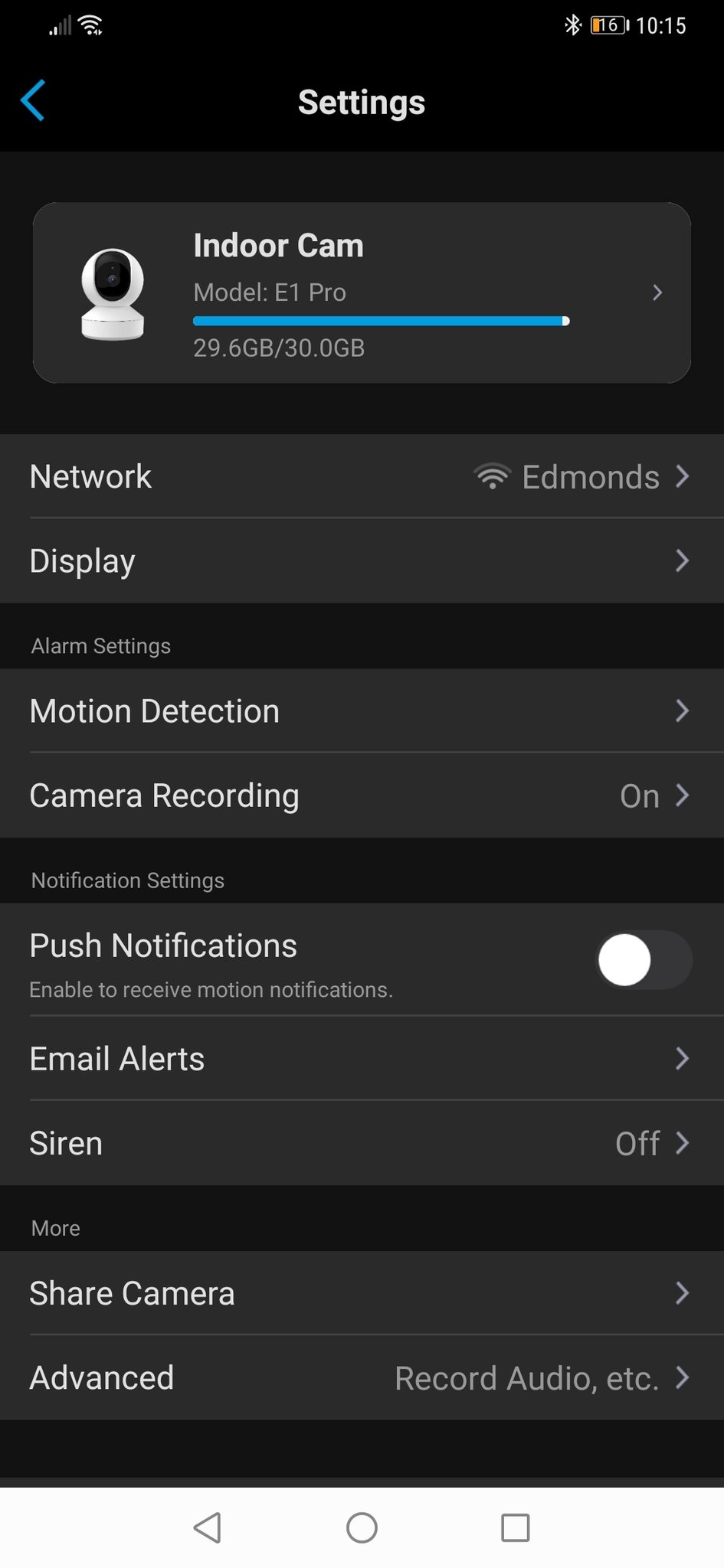

If you've used a Reolink camera before, you'll feel right at home here. For a NAS enclosure, the setup process is even easier. All you need to do is make sure your enclosure has enough free security camera licenses (Synology, QNAP, ASUSTOR, and others will happily sell you additional licenses if needed).
Once the camera is connected to your Wi-Fi network, it'll be possible to grab the IP address and connect it to your NAS. Then it's just a case of configuring the camera within the surveillance app on the NAS and commence recording.
Should you buy the Reolink E1 Pro?
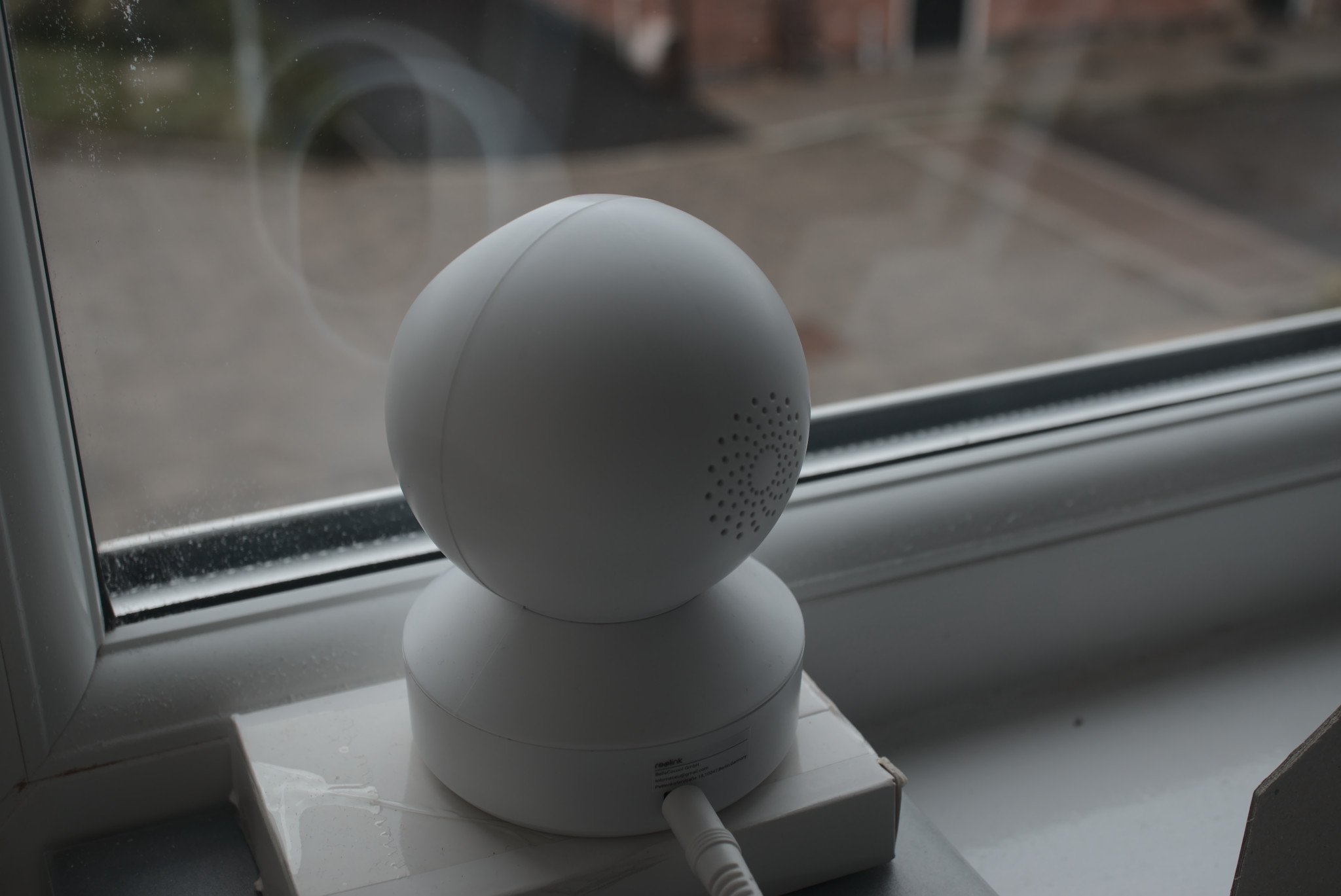
Who it's for
- If you're on a tighter budget
- If you want a capable security camera
- If you want to set up home surveillance
- If you need an indoor security camera
Who it isn't for
- If you need an outdoors capable camera
- If you want a high-end security camera
Reolink is really crushing it with its latest catalog of home and office surveillance cameras. They're all built to a high standard, come with an easy-to-use app and work with the most popular NAS enclosures without issue. If you're looking for a budget-friendly solution to enhancing home security, look no further than the Reolink E1 Pro.
Setting up the dome camera was a breeze on its own with the built-in SD card reader and smartphone app. Making the move to a Synology NAS was a painless process. The recording quality is good for its size (and price) and the available features like manually setting detection zones are excellent in this class.
Whether you want a camera pointing at the front door or in the office, the Reolink E1 Pro will be up to the job.

Rich Edmonds was formerly a Senior Editor of PC hardware at Windows Central, covering everything related to PC components and NAS. He's been involved in technology for more than a decade and knows a thing or two about the magic inside a PC chassis. You can follow him on Twitter at @RichEdmonds.
